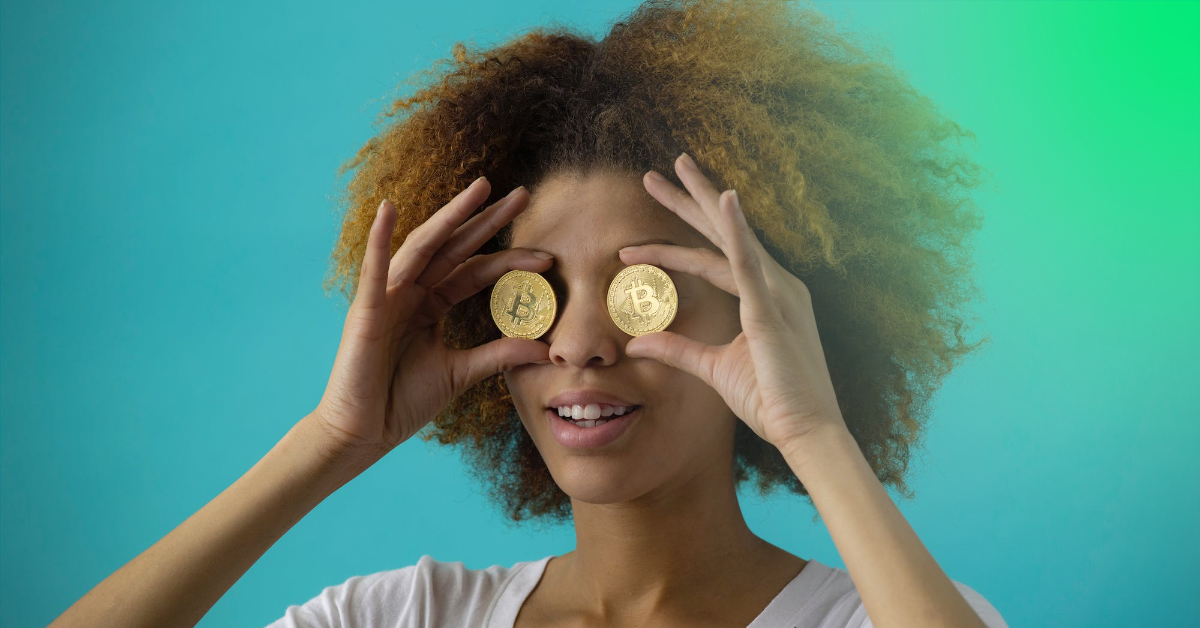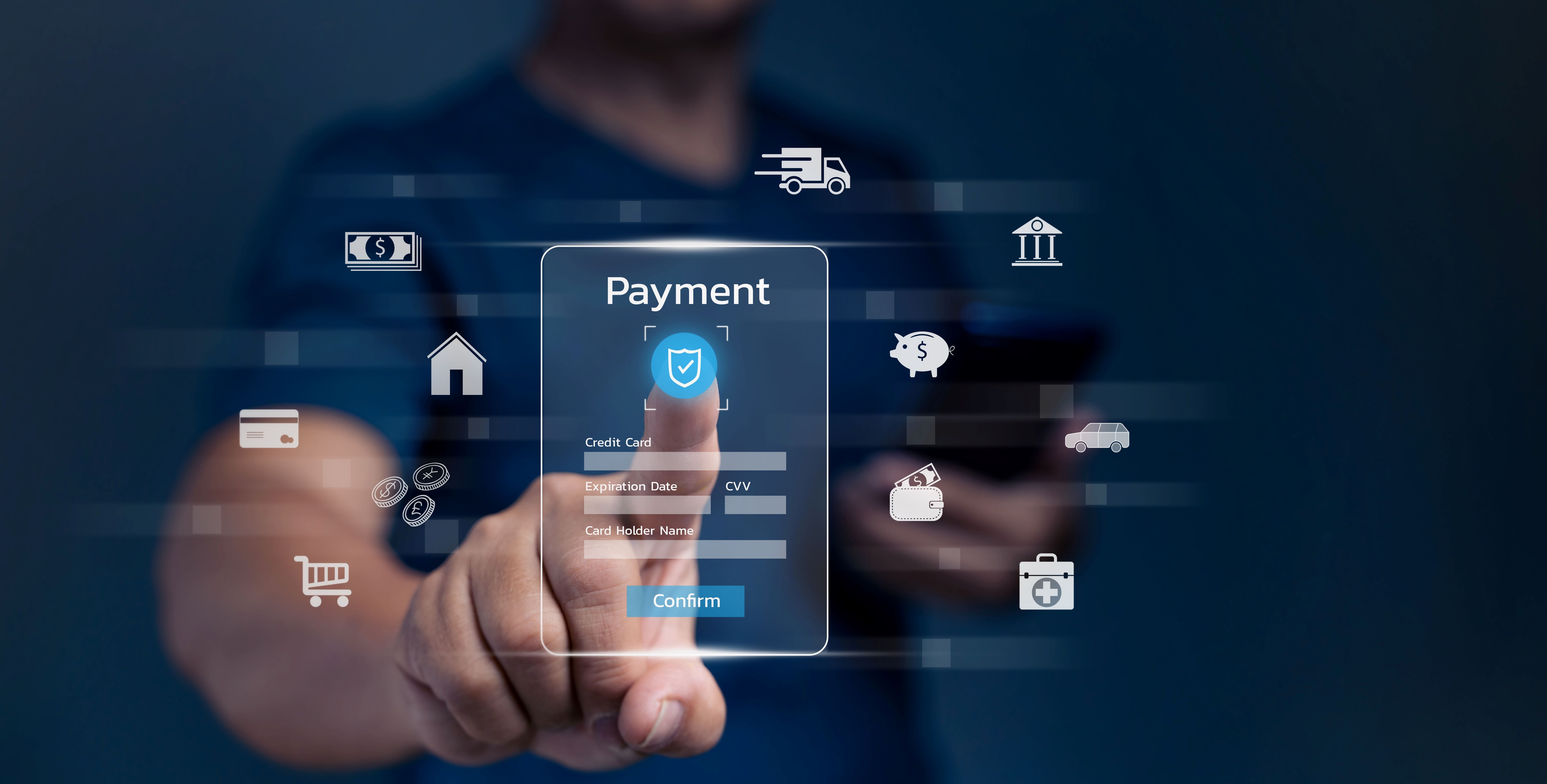The Bitcoin boom of 2017 saw crypto prices skyrocket. The result was a modern-day gold rush, with cryptocurrency starting to edge into mainstream currency acceptance. These halcyon days didn't last long. The crash of FTX in 2022 has seen cryptocurrencies spiral downwards. The response to the volatility of cryptocurrencies has been to create 'stablecoin.' The question is, where crypto struggles to offer reliable payment options, will stablecoin succeed and be the vehicle that takes crypto into the payments ecosystem?
Why did stablecoin evolve?
To understand if stablecoins could become a legitimate payment method, you must understand why stablecoins came about. Stablecoin is like the child born of cryptocurrencies and FIAT currencies (government-issued currency.) A stablecoin is so named because it is supposed to be stabilized by an association with something more stable, such as a FIAT currency (or currencies). For example, if a stablecoin is pegged to the US dollar, one stablecoin would be worth $1. However, stablecoins can also be pegged to an algorithm or a commodity such as a precious metal.
The crypto surges and sudden crashes caused serious havoc in the crypto-investment community. In addition, this instability, including sudden unexplained surges, allowed coins such as OneCoin to become synonymous with mega scams; OneCoin reportedly lost over $ 4 billion worth of investors' monies. The muddying of the crypto-waters has led to a need for something that is less volatile. The graph below shows the five-year market value at close per month, for Bitcoin. Crypto, while still a new currency, is volatile, which has led to the concept of the stablecoin.
Raw data from https://finance.yahoo.com/
What is a stablecoin and are they stable?
Stablecoins are still crypto, even when pegged to a FIAT. If a FIAT currency backs the stablecoin, the issuer of the stablecoin must hold the value of the issued stablecoins in FIAT at a financial institution. Two of the most well-known FIAT-backed stablecoins are USD-backed Binance USD (BUSD) and USD Coin (USDC), both approved by the New York State Department of Financial Services (NYDFS). Unfortunately, stablecoins are not always stable. According to the Stablecoins Statistics: 2023 Report, the market for stablecoins is shaking out with winners and losers. Amongst the winners are USDC and BUSD, who are showing a reasonable growth rate; this growth rate is impressive considering the collapse of stablecoin Terra (UST) in May 2022.
Source: Stablecoins Statistics: 2023 Report
The collapse of Terra saw $50 billion wiped off the UST valuation in just three days.
Collapses, or at least temporary drops in value, continue to happen: the previously stable USDC recently experienced a momentary wobble dropping to 87 cents when SVB collapsed; USDC had 8% of its reserves in SVB.
Governments are beginning to back the issuance of stablecoin. In the UK, the Financial Services and Markets Bill (FSMB) recently passed a crypto and stablecoin bill to enable the UK government to issue a "digital pound." A draft stablecoin bill in the USA was published in April 2023, exploring a central bank digital currency (CBDC).
A 2022 publication by the US Federal Reserve on Stablecoins: Growth Potential and Impact on Banking described stablecoin as offering "a "digital safe haven currency during periods of crypto market distress" and a "possible breakthrough innovation in the future of payments."
But is the future bright for stablecoin payments?
Are stablecoins stable enough for payments?
Paying for something requires a modicum of reliability in value. Looking at the world of FIAT, the instability of hyperinflation shows what can happen in unchecked markets. In Germany, in December 1921, a loaf of bread cost 4 Marks; by November 1923, the same loaf cost 201,000,000,000 Marks. This hyperinflation impact on German society is a debated point; however, the real-world effect of world and local events, such as inflation, on payments is obvious. Stability is an essential aspect of any payment system, regardless of era or currency. In other words, volatility is the downfall of payments. To work for payments, stablecoin must stand by its name and be stable.
Stablecoin risks and positive factors
Stability comes down to several factors: Stablecoins must handle risks such as 'unpegging,' where a stablecoin reserve of FIAT or commodity is handled badly, or an event occurs to destabilize these reserves, such was the case of USDC.
The crypto platform handling the stablecoin transaction is also a risk area; the downfall of the FTX platform caused stablecoin Tether (USDT) to unpeg from the dollar.
World events will, however, destabilise any currency that gets caught up. Volatility will remain an issue for stablecoins; however, all currencies are at risk of fluctuations; the world has seen many instances of recession and inflation that impact FIAT currencies.
On the plus side, cross-border payments are where stablecoins may excel. Because of exchange costs and regulatory differences, cross-border payments are notoriously complex and costly. Stablecoins have the potential for greater transparency and, with that, potentially better fraud prevention. However, these potential positives of stablecoins are metered by a need for more regulation in the industry. In addition, as real-time and faster payments begin to take the market lead, the speed of stablecoin payments will add a competitive edge over and above conventional currency exchanges.
What about money laundering and stablecoin payments?
Stablecoin is a form of crypto that begs the question: will fraudsters use stablecoin? A 2022 case study by the Bank of Canada, The Relative Benefits and Risks of Stablecoins as a Means of Payment: A Case Study Perspective ran a comparison between three real-world and digital currencies:
- Mastercard credit card payment through a traditional bank
- A Unified Payments Interface (Indian faster payments) through Paytm
- A stablecoin retail transaction using USD Coin and a BitPay wallet
The study found several positive aspects of stablecoin-enabled payments, including speed and robust privacy. The study mentions that the privacy of stablecoin could have implications for fraud, the study pointing out that:
“The mechanisms for achieving greater privacy can also be used for money laundering and terrorist financing, which are proving more challenging to regulate for non-custodial or unhosted wallets.”
The study concluded that stablecoins will complement traditional methods rather than substitute them; the payment ecosystem will benefit from this optional payment method. This conclusion fits well with the US Federal Reserve view that stablecoin offers payment innovation opportunities.
The consensus seems to be that at some point, perhaps when central banks issue stablecoin, this type of digital currency will enter the payments ecosystem as a player. As with other payment mechanisms, fraudsters will attempt to exploit the system. The payments ecosystem is about more than just payment methods, like stablecoin. The ecosystem must have layers of controls and checks running through the system. Payments automation platforms will form the backbone of the payments ecosystem providing the automation needed to keep the payments system moving, even with multiple payment options. Intelligent anti-fraud solutions that detect myriad types of fraud, from KYC fraud to real-time transaction exploits, must be deployed as an intrinsic part of the payments ecosystem. But these fraud prevention platforms must be shored up by liability models that fit the stablecoin technical scope and regulations that enforce anti-fraud protection. As the payments ecosystem embraces cryptocurrencies, these layers of defense will create a place where crypto can join hands with FIAT and open innovation opportunities and better customer experiences. The future is bright for stablecoin, but the same levels of control must be applied to stablecoin as to its FIAT counterparts.





